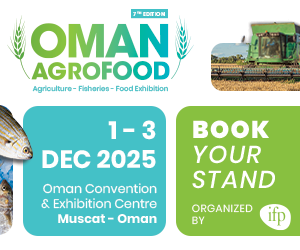The vertical farming market, valued at USD 5.05 billion in 2023, is projected to expand at a compound annual growth rate (CAGR) of 24.61% through 2033. Vertical farming represents a modern segment of agriculture in which crops are grown in stacked layers within controlled environments, often indoors. This model employs advanced methods such as hydroponics, aeroponics, and aquaponics to support plant growth without traditional soil. Particularly valuable in urban areas where land is limited, vertical farming offers a way to increase local food production efficiency and reduce the environmental impact of transporting food over long distances. Stakeholders include technology providers supplying advanced lighting and climate control systems, equipment manufacturers, urban planners, and investors. The market is driven by factors like urbanization, population growth, and demand for locally sourced food, with technological innovations—such as AI-driven crop monitoring and automation—enhancing resource management and yields.
Driving Forces and Challenges
As global urbanization accelerates, urban environments present space challenges for traditional agriculture. Vertical farming maximizes vertical space, reducing transport needs and bringing fresher produce closer to urban consumers. Additionally, vertical farming’s controlled indoor environments mitigate the risks posed by extreme weather, ensuring year-round crop yields despite climate fluctuations. This approach uses significantly less water due to hydroponic and aeroponic systems, making it attractive for areas with water scarcity.
Outlook for Vertical Farming
In response to increasing demand for sustainable, urban-based food production, vertical farming is transforming unused urban spaces into productive areas. By reducing transportation costs and addressing consumer concerns over food safety and quality, this approach enhances food security and improves urban access to fresh produce. Advanced technologies, including AI, machine learning, robotics, and IoT sensors, support precise control over growing conditions, minimizing resource waste and boosting productivity.
Key Market Segments
- Growth Mechanisms: Hydroponics leads due to cost-effective setup and fewer soil-borne diseases, appealing to consumers concerned with pesticide use.
- Climate Control: Essential for consistent year-round production, the climate control segment is crucial to maintaining optimal crop quality.
- Crop Selection: Tomatoes show significant growth potential in vertical farming due to high yields and minimized transport needs.
- Structure Types: Container-based farms dominate for their mobility and adaptability, making them a cost-effective choice across regions.
This streamlined vertical farming approach highlights agriculture’s evolving role in urban sustainability and food security.













































































